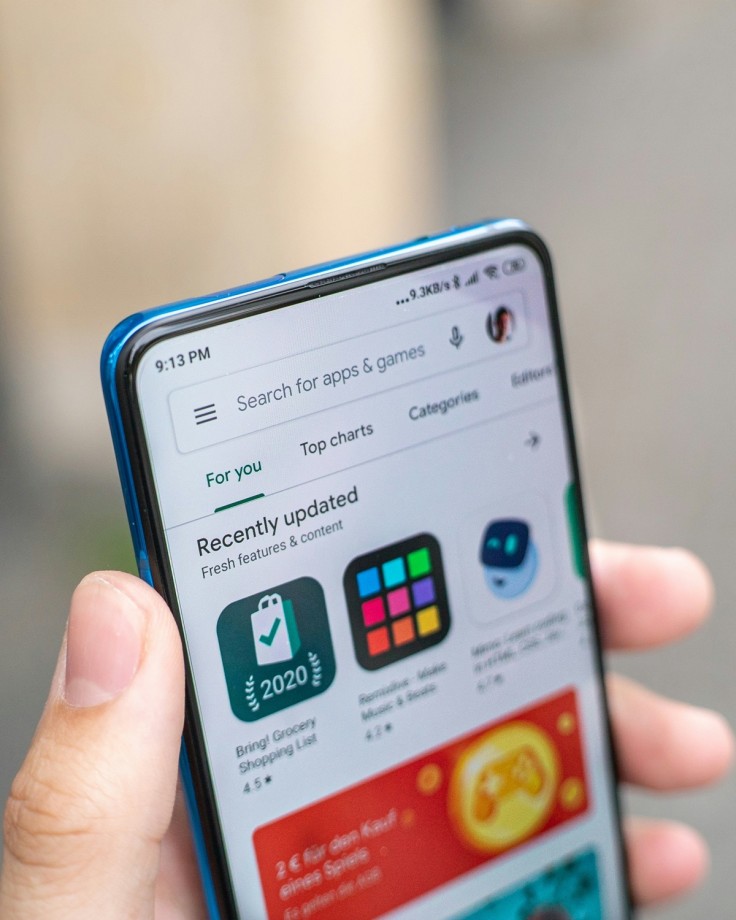
Google announced the rise of the maximum price which the company will allow applications and their related goods and services to charge for on the Play Store. Developers can now set prices as high as $999.99, a notable jump from the previous cap of $400 established in 2015. This shift was announced during the Google I/O developer conference and has to do with the dynamics of the market and the maturing of the Google Play marketplace.
Accommodating Premium and Enterprise Apps
The new price limit primarily targets developers of enterprise software and subscription services, which can now leverage the higher cap for their products. With over three billion active Android devices globally, including smartphones, smartwatches, tablets, TVs, and automobiles, there is a substantial market for high-end apps and services. Although the vast majority of apps are priced much lower, typically under $10, this change provides developers the flexibility to price more specialized or premium offerings appropriately.
"Very few premium apps will charge anywhere close to $999.99," a Google spokesperson said. "However, for those who do, whether it's enterprise software or exclusive content, this new limit offers greater flexibility."
Expanded Payment Options
To support these high-priced apps, Google Play has also expanded its billing tools and payment options. The following exceptional service that users can take or opt for is the installment subscriptions in which the payments are made in installments where the user makes a long-term subscription fee in installments. Following that, the tech company has revealed that this feature has already proven effective, backed by the 8% increase in total number of subscriptions created alongside 4% of increased user expenditure.
"Introducing installment subscriptions helps lower the barrier to entry for users who might be interested in premium services but are deterred by the upfront cost," the spokesperson added. "It's a win-win for developers and users alike."
Implications for the Market and Google
This move could significantly impact Google's revenue model. Google charges developers a 15% service fee on the first $1 million in annual earnings, with a 30% fee on earnings beyond that threshold. Higher app prices mean potential increases in Google's commission from these transactions, particularly from niche and enterprise markets.
"The higher price cap aligns with the trends we are seeing in digital goods and services," said industry analyst John Doe from Tech Insights. "As mobile ecosystems become more sophisticated, the demand for premium and enterprise-level software increases. This update positions Google Play to better accommodate those needs."
However, there is a question on how many people would actually adopt the $999. As some of them mentioned above may use this change to look for the signs of exclusivity or status, it will be the enterprise and subscription services that will stand to gain more benefit.
Market Reaction and Future Prospects
The reaction from the developer community has been mixed. While some praise the flexibility and potential for increased revenue, others question the practicality of such high prices in a market dominated by free and low-cost apps.
"There's a clear need for tiered pricing structures that reflect the diverse range of apps available today," said Jane Smith, a developer and founder of AppDev Solutions. "While I don't foresee a rush to the $999.99 mark, having the option allows for more strategic pricing, especially for niche markets."
Google is trying to enhance its strategy to change with the market and the wishes of users and remain dominant in the market versus the other mobile application stores. This is because as the Play Store opens up new markets for business and wishes to include more diverse apps in their store the possibility to set up different prices plays an important role in maintaining the interest of both users and developers.
As aforementioned, the rise in the price limits of aps along with the boost of the payment options indicate proactivity realized by Google in responding to demands of the ever expanding and diversifying global users. However, whether this will translate to millions of applications that fall in the $10 and above category is yet to be realized but it definitely paves the way for more paid content on the App Store.
Related Article: Google Messages Expands: New Audio Recorder And Voice Moods Now Rolling Out
© Copyright 2025 Mobile & Apps, All rights reserved. Do not reproduce without permission.
















